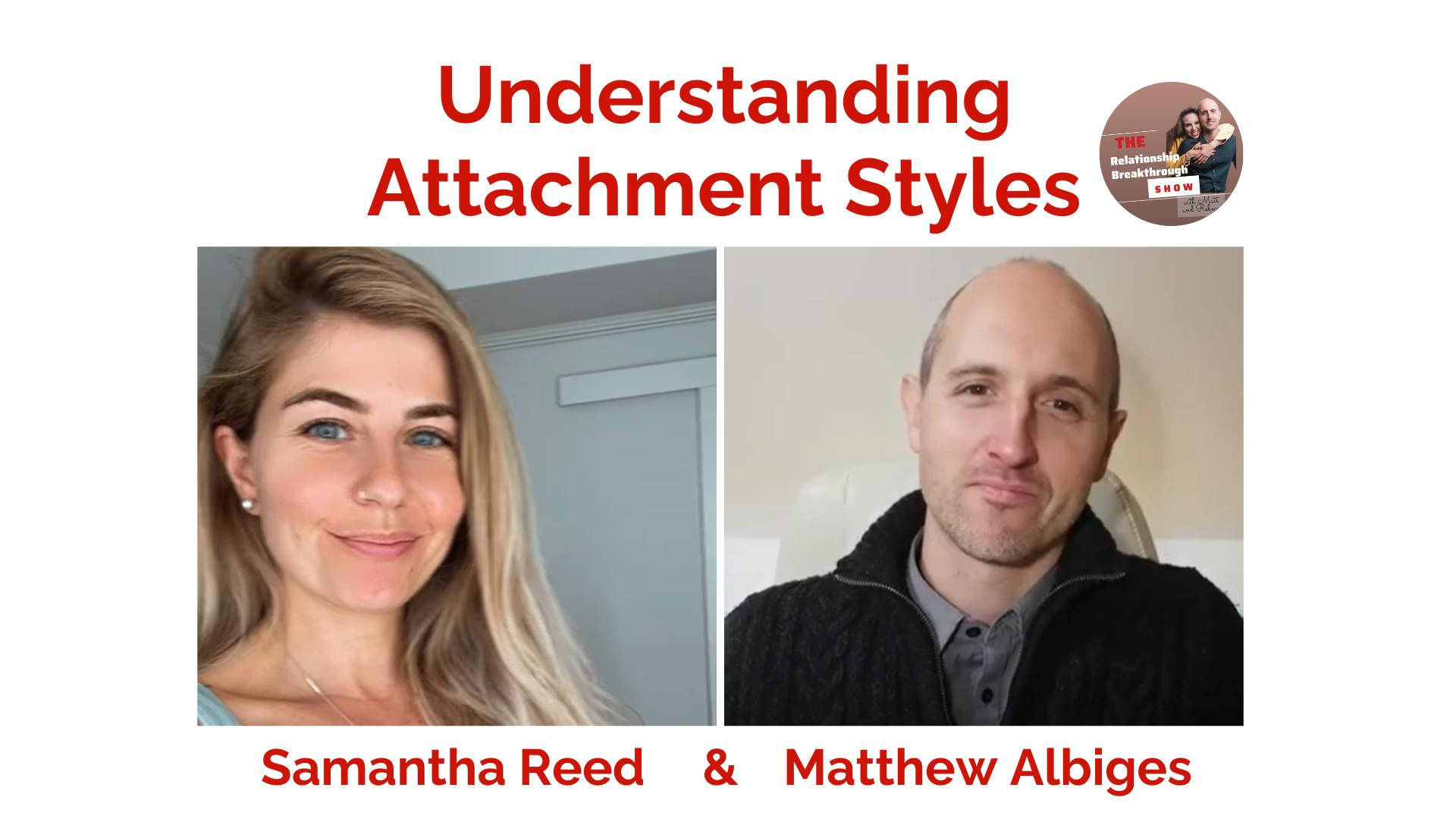Understanding our attachment styles
Attachment styles shape how we perceive intimacy, express emotions, and handle conflicts with partners. Developed by British psychologist John Bowlby, attachment theory states that the early bonds we form with caregivers significantly influence our adult relationships.

Attachment styles shape how we perceive intimacy, express emotions, and handle conflicts with partners. Developed by British psychologist John Bowlby, attachment theory states that the early bonds we form with caregivers significantly influence our adult relationships.
The 4 attachment styles
Secure Attachment: People with secure attachment styles have experienced consistent, reliable care in their early relationships. They tend to have positive views of themselves and others, readily seek support, and feel comfortable with intimacy. Securely attached individuals are generally emotionally responsive and empathetic, fostering healthy and fulfilling relationships.
Anxious Attachment: Individuals with anxious attachment styles may have experienced inconsistent care or a lack of emotional support in childhood. They often seek reassurance and fear abandonment, leading to a tendency to become overly dependent on their partners. They can be emotionally expressive but may also exhibit jealousy and possessiveness.
Avoidant Attachment: Those with avoidant attachment styles might have grown up in environments where emotional needs were neglected or dismissed. As a result, they tend to suppress emotions, value independence, and avoid vulnerability in relationships. Avoidantly attached individuals may struggle with expressing affection and may appear distant during conflicts.
Fearful/Avoidant Attachment: This attachment style is a combination of anxious and avoidant traits. People with fearful attachment have experienced trauma or significant loss in their past, leading to conflicting desires for intimacy and fear of being hurt. They may struggle with forming close relationships, as they are torn between a desire for connection and a fear of emotional pain.
Avoidant/Dismissive Attachment: Those with avoidant attachment styles might have grown up in environments where emotional needs were neglected or dismissed. As a result, they tend to suppress emotions, value independence, and avoid vulnerability in relationships. Avoidantly attached individuals may struggle with expressing affection and may appear distant during conflicts.
How attachment styles affect the most important areas of our relationships
Communication
Those with anxious or avoidant attachment styles may struggle with communication due to their fear of rejection or vulnerability. Securely attached individuals tend to communicate openly and honestly, expressing their emotions and needs effectively.
Emotional Intimacy
Securely attached individuals feel comfortable with emotional closeness and intimacy. Anxious individuals may crave closeness but fear rejection, while avoidant individuals may feel uncomfortable with emotional vulnerability.
Conflict Resolution
Conflict is an inevitable part of any relationship. Securely attached individuals tend to handle conflicts constructively, seeking compromise and resolution. Anxious individuals may become overly emotional during conflicts, while avoidant individuals may withdraw or become dismissive.
The good news is that attachment styles are not set in stone; they can be changed and adapted over time. Developing a secure attachment is possible through self-awareness and personal growth. Self-reflection and practicing better emotional regulation can help you develop a secure attachment style.
To hear more about this subject including 5 amazing breakthroughs that will change your relationship, listen to our recent podcast where Attachment specialist Sami Reed Cleaver gave us insight into attachment styles and the effect it has on our relationships.
To learn more from Sami take a look at her website.
- Couples Counselling
- Attachment Styles
- Marriage
- Relationships



